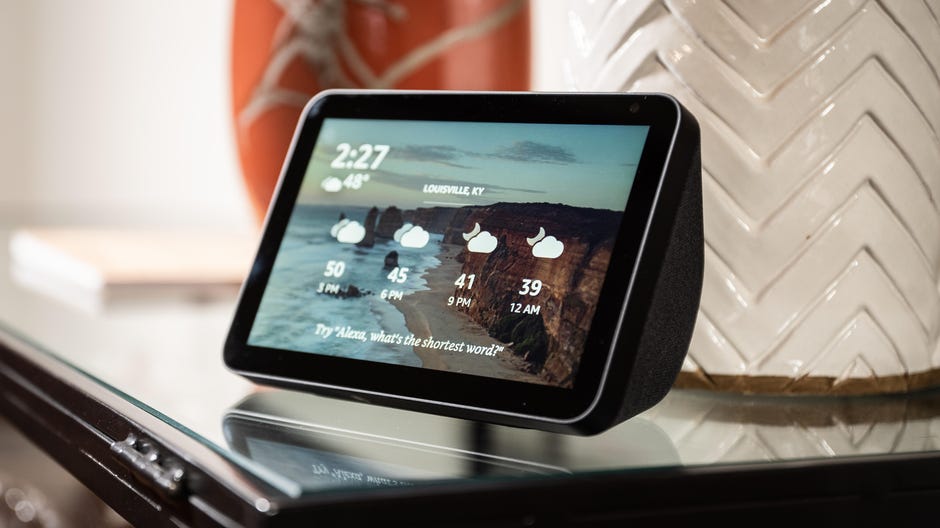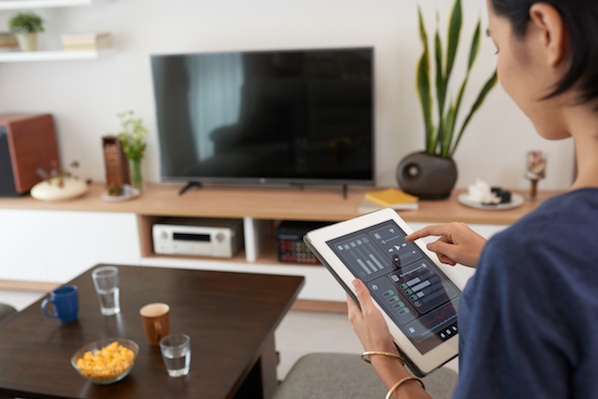Smart Solutions for the Best Smart Home Apps Now
The number of mobile users today is greater than the number of PC users! As a result cryptocurrency wallet development, companies have understood the need to effectively use mobile channels to attract customers. They started new operations (or scaled existing operations) through websites and mobile smart home apps.
- While businesses with large portfolios can afford to use both mobile websites and apps, other businesses might need to choose one.
- The choice between mobile apps and websites depends on their cost, user-friendliness, features required, and target audience.
- That being said, studies show that users prefer mobile apps over mobile websites. This is a good reason to have mobile applications to contact potential or existing customers.
- Besides, there are various other reasons that make mobile apps better than mobile websites.

Mobile Apps Offer Better Personalization
Personalization is about offering users tailored communication based on their interests, location, usage behavior malaysia crypto wallet, etc. Personalization is essential to make a pleasant mobile user experience. It’s easier to deliver a personalized experience with a mobile app. Mobile apps can allow users to set their preferences right out of the box. Choosing the smart home apps is important.
Apps can also track and observe user engagement and use it to provide personalized recommendations and updates. In addition, they can locate users in real time to provide geography specific content. However, improving the user experience isn’t the only goal of personalization. It can also help improve the conversion rate of applications. When users are pampered with personalized content, it’s easier to convert them.
Ease Of Sending Notifications
Over the past two decades, email has been the most widely used business communication tool. Businesses have used email extensively to contact their prospects. As a result, it lost its effectiveness. its open and click-through rates have steadily fallen . But there is no need to worry. Indeed, the notifications of mobile applications exist. Notifications are of two types: push notifications and in-app notifications.
These two solutions constitute interesting alternatives for communicating with application users in a less intrusive manner. The ability to send instant, non-intrusive notifications to users is so desired by companies that it is one of the main reasons many companies initially want a mobile app, according to Forbes.

In-app notifications (In-app) are notifications that users can only receive when they have opened an app. Push notifications, on the other hand, are the notifications that users can receive regardless of the activity on their mobile device.
There have been cases where push notifications generated 40% click-through rates. It goes without saying that you need to plan your notification campaigns wisely. Indeed, if you abuse it, your user can very quickly block notifications from your application or worse uninstall it.
Use Of The Functionalities Of The Mobile Device
Mobile applications have the advantage of using the functionality of a mobile device such as camera, contact list, GPS, phone calls, accelerometer, compass, etc. Such device features, when used in an app, can make the user experience interactive and fun.
Moreover, these features can also reduce the effort that users would have to do otherwise. For example, users who fill out a form on a banking app may need to submit their photo to complete the process. The app can allow users to use their mobile device’s camera help to capture and submit a photo.
